Copenhagen Harbor - 1930 (Berit Wallenberg)
Copenhagen Harbor / Preparing for Overflow
OCTOBER 18, 2018 / 5 minute read
As a newcomer to Copenhagen, it seemed a bit shocking to walk along the port in the middle of October and see people swimming just off the dock. While there was definitely fewer people fully submerged than, say, the summer time, the water’s edge was far from empty. Some were sun-bathing in solitude, others dipping their toes in while engaged in lively conversation with friends, and little ones pointing out the packs of moon-jellies to their parents. In place of this communal atmosphere, I tried to picture the time when the very same spot was heavily contaminated with urban sludge and unthinkable to be anywhere near the water. So let’s rewind to just 18 years ago.
The Problem (Why Copenhagen Needed to Care)
In 1990, the Port was at its pollution all-time high. There were various types of harmful micro-organisms and large amounts of organic material/types of toxic chemicals due to the sewage system being directed to the Port’s waters, in addition to rainwater run-off that wasn’t being treated (The Port of Copenhagen, pg 2). Storm water run-off entered the sewage system and 93 overflow channels fed the wastewater into the harbour. (Climate Adapted Cities, pg 8). This problem would exacerbate as global warming worsened, with stronger storm surges and heavier and more frequent rainfalls in the future, and would result in the overflow of the sewage system. In order to prevent this from happening, the city would need to significantly reduce the sewage and rainwater discharge from the paved areas.
The Intervention (Enough is Enough)
In 1992, the modernization and renovation of the sewage system began. While reducing the number of overflow sites, the City of Copenhagen also built a number of wastewater tanks where rain and sewage are retained in the event of heavy rains. During these cloudbursts, treatment plants cannot cope with the amount of sewage and rainwater. As a result the city built 12 underground halls that secure sewage from reaching harbor and contaminating clean water (Climate Adapted Cities, pg 9). This relieves the pressure on the treatment plants, and treats the contaminated water in a more manageable volume. The overflow tanks are controlled by a modern IT system that manages the wastewater.
Treating sewage and rainwater separately is crucial. By its nature, rainwater is easier to clean and be reused for greywater recycling. In areas such as Ørestaden, which borders the Port, rainwater is directed toward its own independent system, with no connection to the city’s sewage (The Port of Copenhagen, pg 4). Here, the rainwater is collected from the urban paved areas, treated, and reused in the recreational areas in Ørestaden. Once again, by relieving the pressure on treatment plants by redirecting and reducing the water volume, we can slow the effects of urban flooding and prevent subsequent damage.
The Product (Breathing Life Back Into the Harbor)
Let’s talk about natural balance for a minute. The reduction in pollution has allowed for seabed fauna to increase in both diversity and volume. Among these include bethnic vegetation, which can only thrive in clean water (think foods you would eat, such as crustaceans and seaweed). Basically, since the amount of surface contamination has been removed, more light and oxygen can get to where it needs for healthy vegetation to thrive. With that, the Port has allowed more birds and other animals to return and bring life to what was once life-less. Cue “The Circle of Life”.
With this newfound balance of natural and built mechanisms, Copenhagen has created an aquatic oasis right in the heart of a city. For the first time in 40 years, the Port is clean enough for people to swim in and not worry about emerging with a second head! The citizens of the city have reclaimed water in the name of public health, which has led to the construction of various harbor baths along the Port. The possibilities for fun and active lifestyles is demonstrated in these projects, instilling a sense of pride and joy in its users.
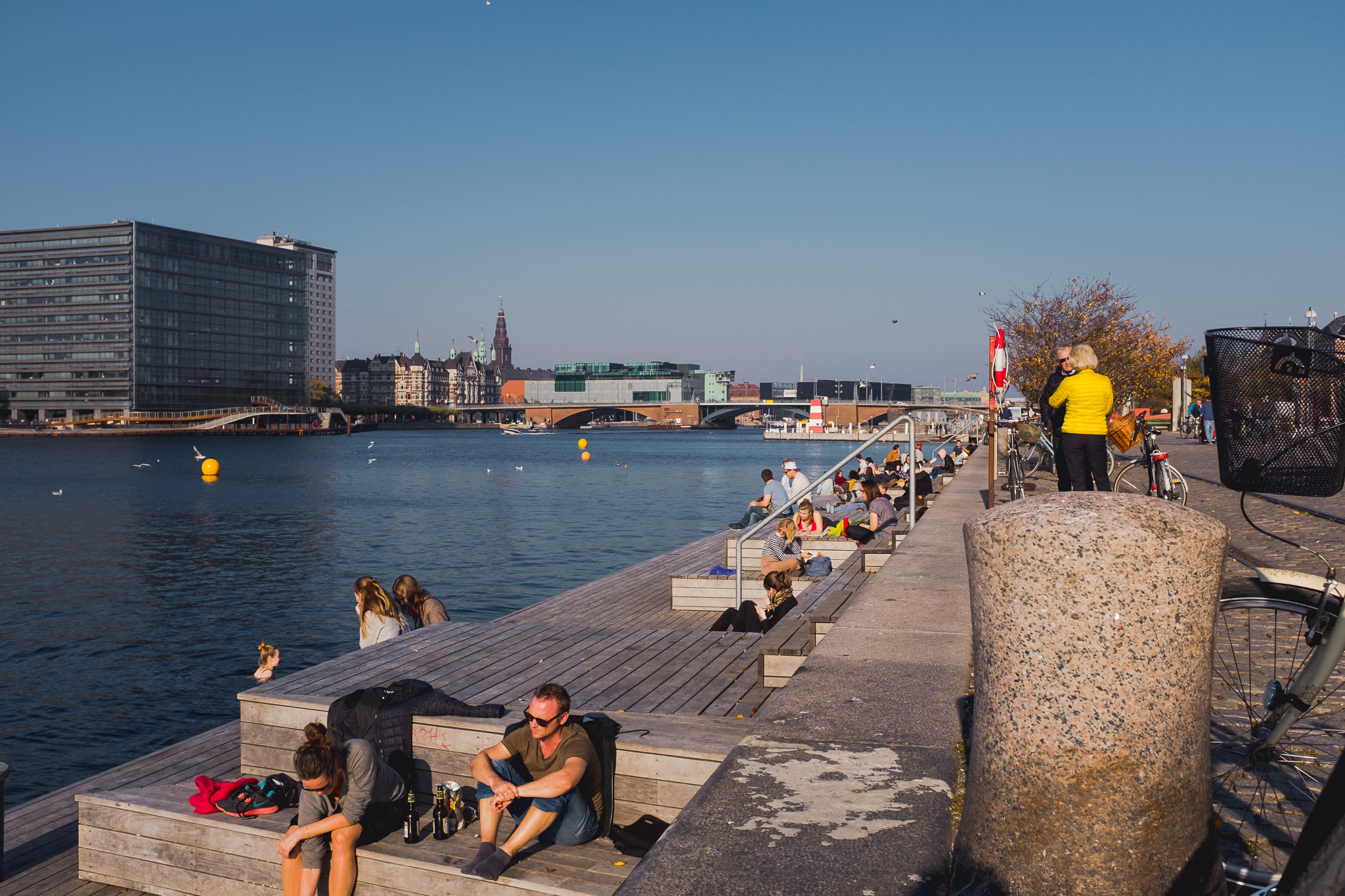
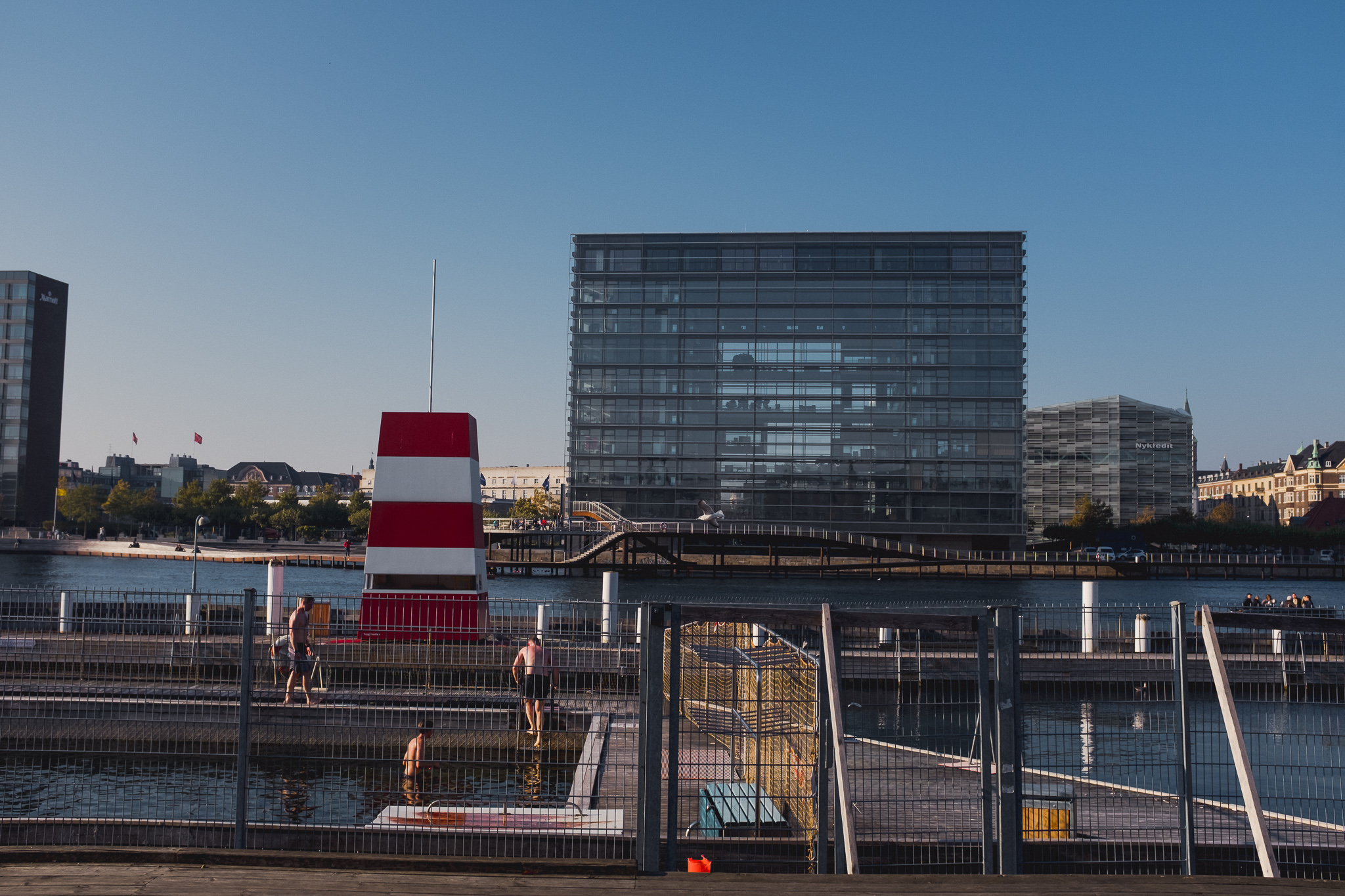
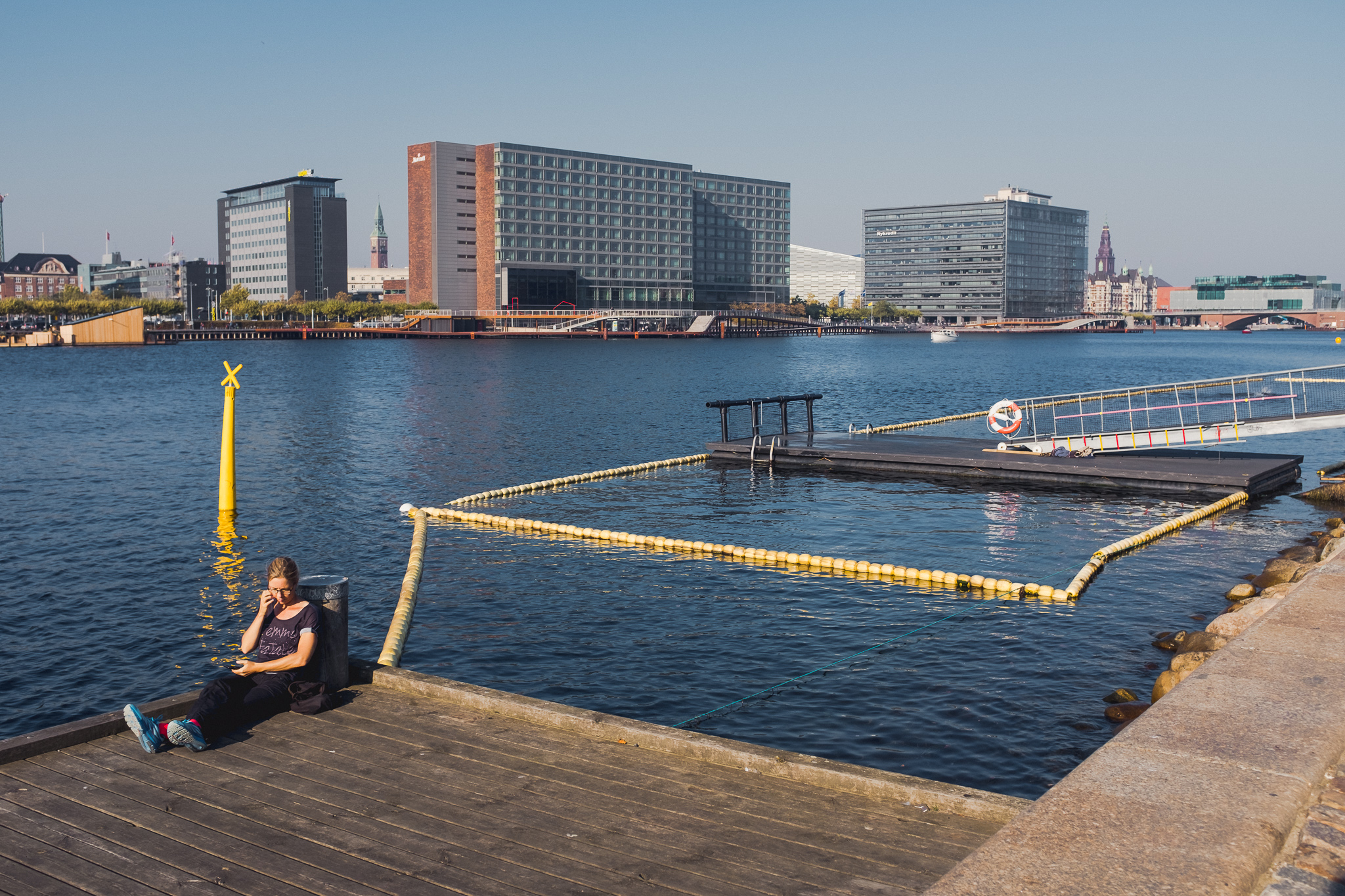

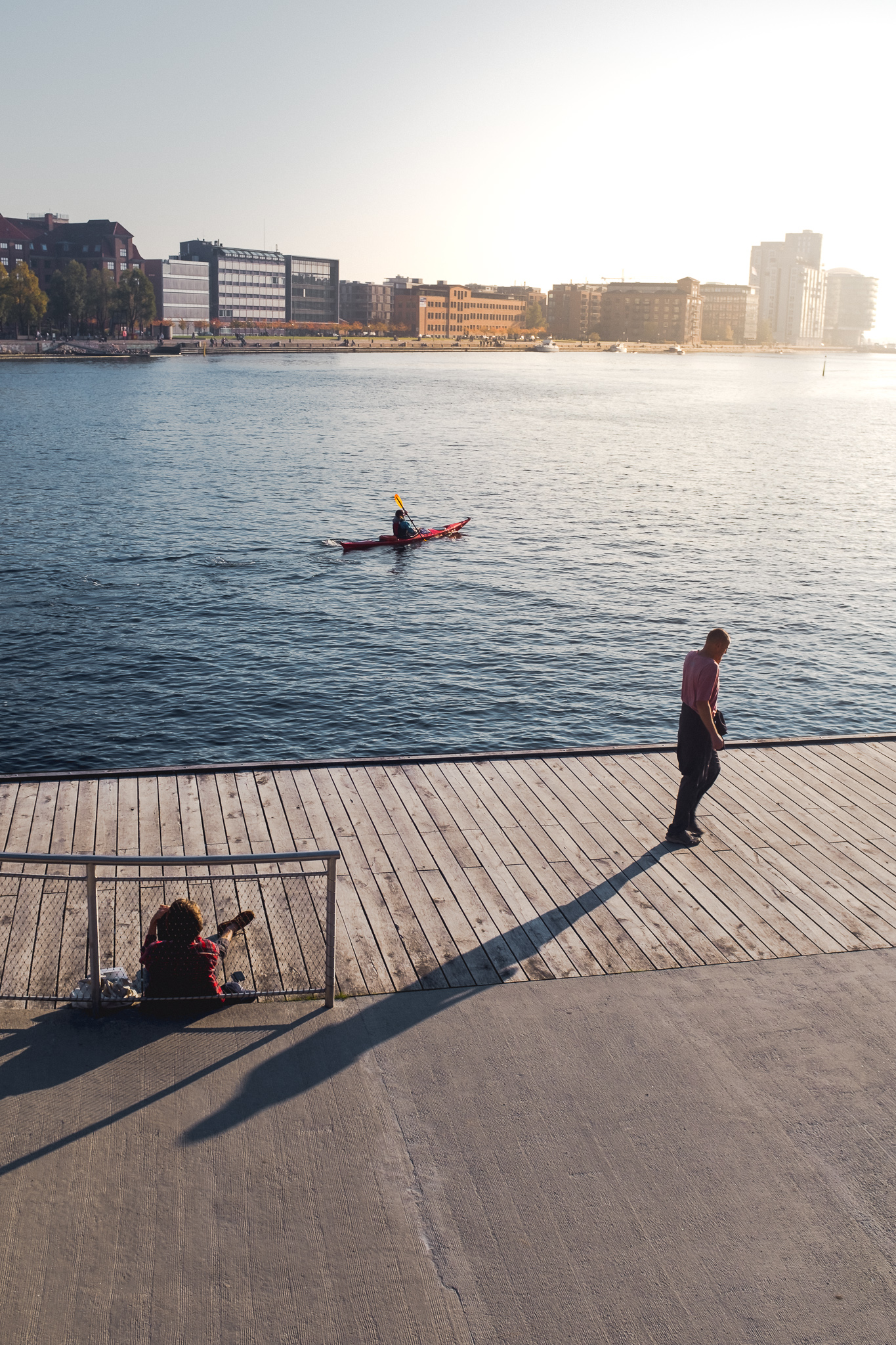
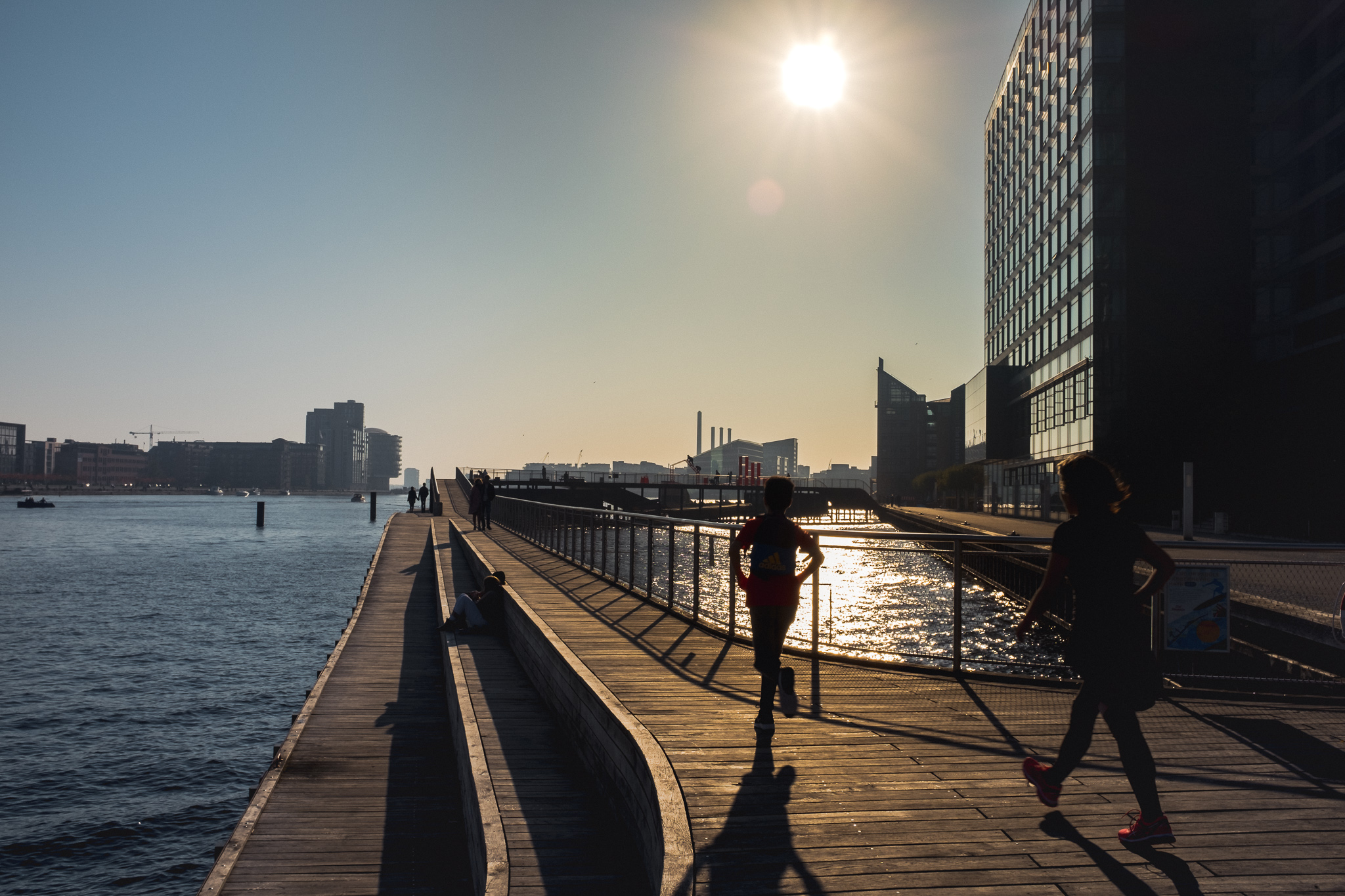
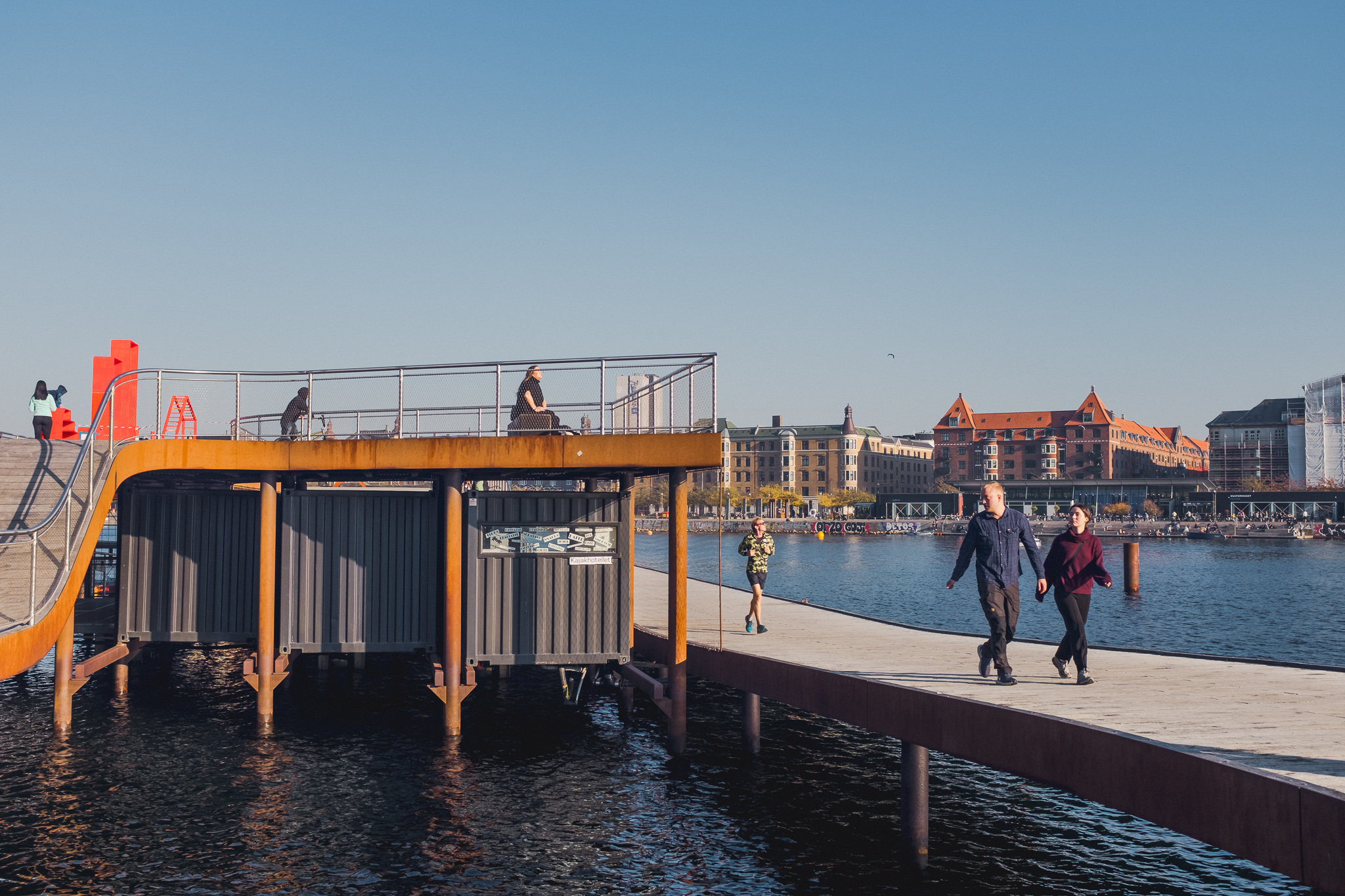
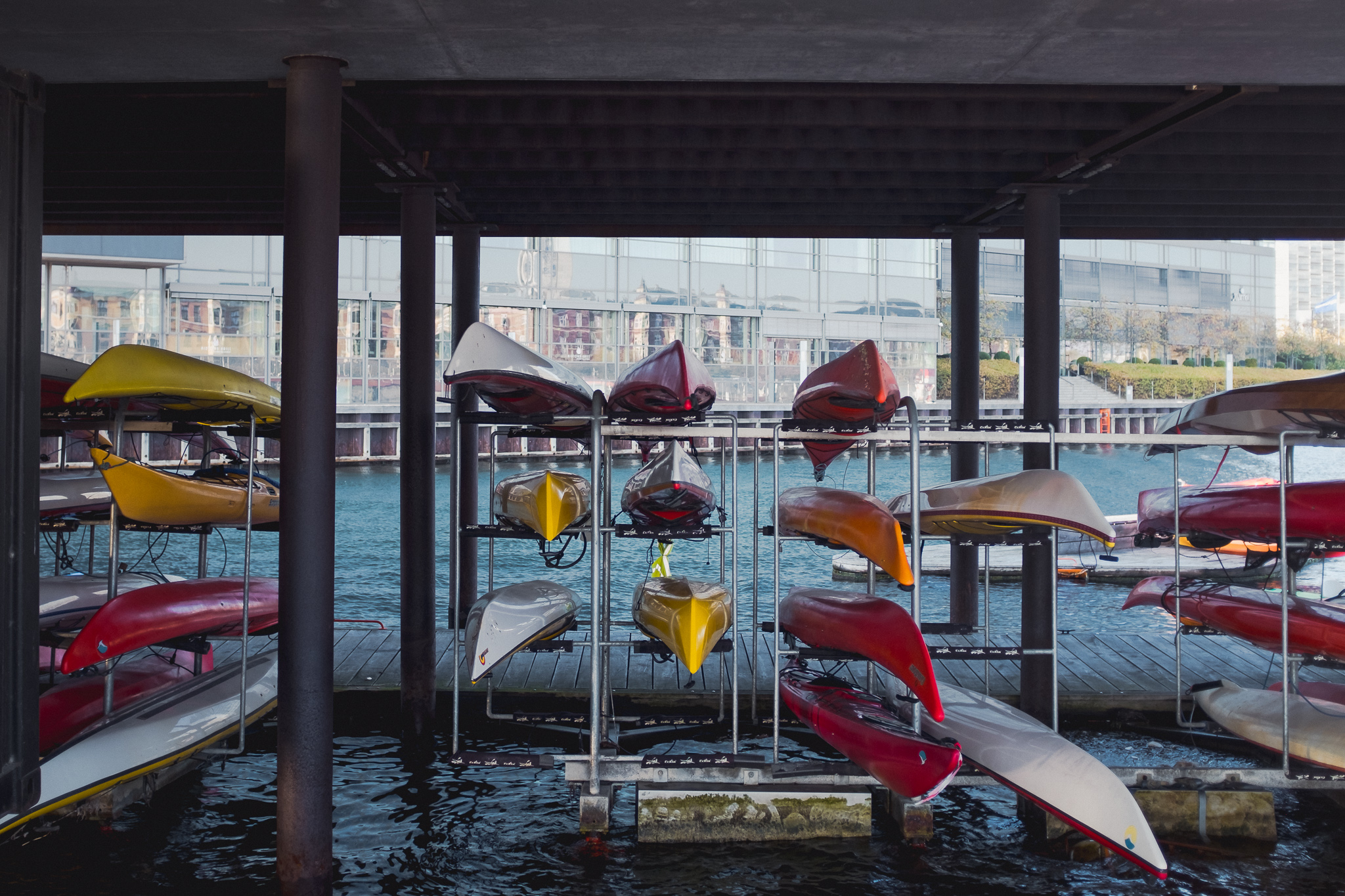
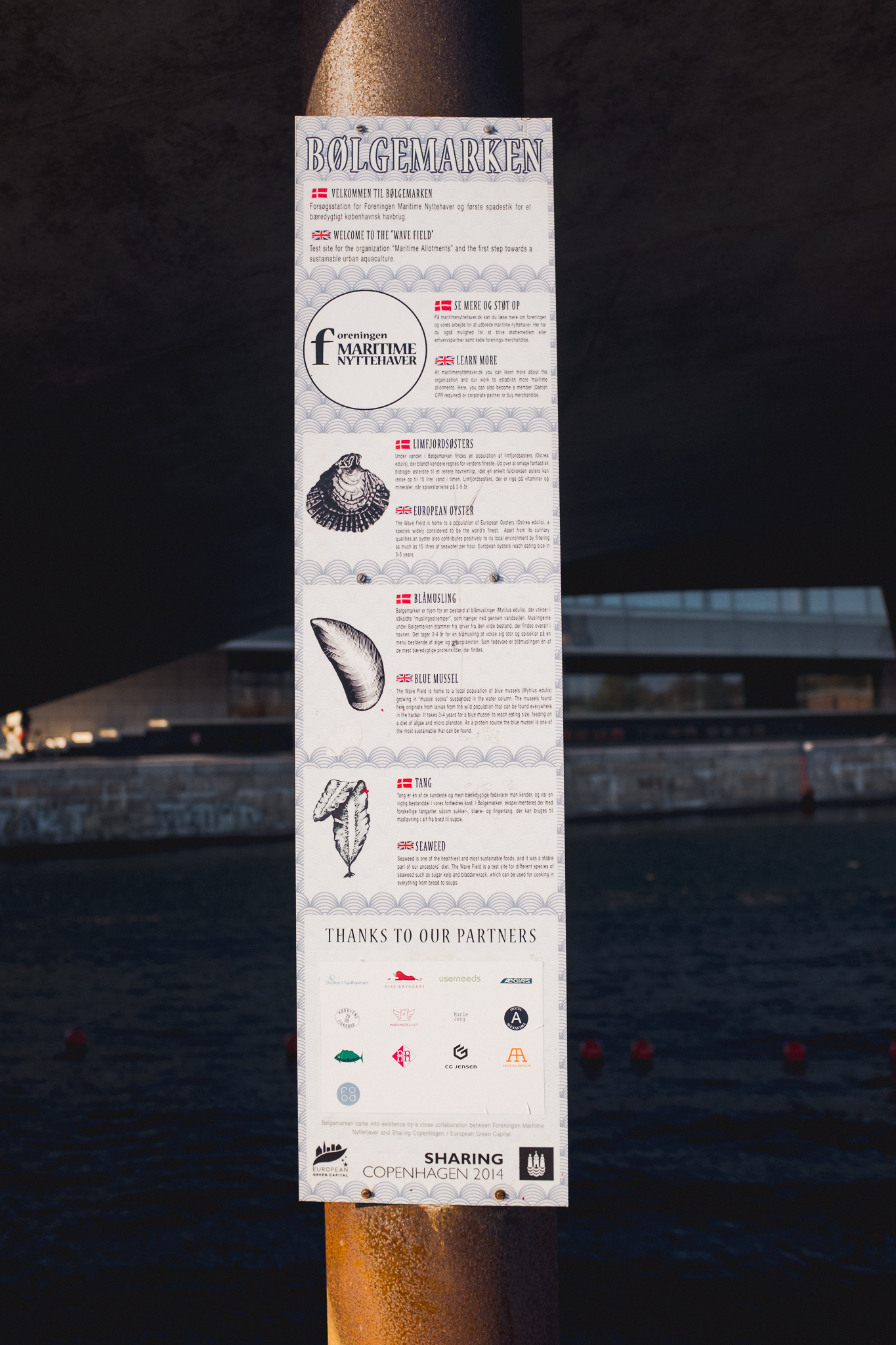
The Aftermath (What Are We Doing Now?)
Because the wastewater treatment system is not entirely removed from the Port, it is still necessary to monitor the water quality to ensure it is safe for bathing. A warning system has been developed to make users aware when the water is not safe enough to swim. Behind what seems like a simple sign at the entrance of the harbor baths is a calculation of the levels of toxicity at any given time. An integrated bathing water forecast system measures sewage discharge and dynamic hydraulic and bacterial models ensure that the water quality stays in compliance with the EU bathing water directive (Klee, P, pg 3). I was most amazed by the transparency of this device, as it becomes a direct indicator of how the treatment facilities are working. The everyday user becomes aware of the state of their own water and keeps public health at the front of their minds.
Wrapping it Up (Is It Enough?)
Despite these significant strides in cleaner water, it looks like there are still challenges that these systems face. What happens in the event that our first line of defense, the treatment plant, fails and discharges dangerous particles into the clean water as it once did? How do we manage to maintain safe drinking water if our sewage system is not completely separate from our clean water? It seems that overflow tanks are still just a temporary solution as rising waters and heavier rainfalls threaten the city’s clean water supply. As development of the harbor continues rapidly, how can projects not only improve the state of the water, but maintain it? Water infrastructure has the opportunity to do its technical role while maintaining the public connection to health. As designers, we have a responsibility and privilege to work with the experts of water engineering and make spaces for people.
Resources
Climate Adapted Cities - Solutions from Copenhagen. DI - Confederation of Danish Industry, Printed by Kailow Graphic A/S, 1787 Copenhagen, di.dk
Klee, P. (Ed.), 2013. Adding new value to cities with urban water - Sustainable solutions of integrated urban water management. The Rethink Water network and Danish Water Forum white papers, Copenhagen. Available at www.rethinkwater.dk
"The Port of Copenhagen – from a Heavily Polluted Industrial Port to a Clean and Thriving Aquatic Environment." The Danish Eco-Innovation Program. Accessed October 15, 2018. https://eng.ecoinnovation.dk/media/mst/8051440/Havn_baggrundsartikel_print.pdf.




